





Sana commerce to Powerfront
Migrating your store from Sana commerce to Powerfront might seem daunting, but with proper planning and the right tools, it's a smooth process. Follow this step-by-step guide to ensure a successful transition.
Schedule a call
Step-by-Step Migration Guide: Sana Commerce to Powerfront migration guide
Step 1: Planning Your Migration
This step involves assessing your current Sana Commerce setup and defining the goals for your migration to Powerfront. Proper planning is crucial to ensure a smooth transition.
Step 2: Backing Up Your Data
Backing up data is essential before migrating. This step ensures that all information is secure and can be restored in case of issues during migration.
Step 3: Setting Up Powerfront
This step focuses on configuring your new Powerfront environment, ensuring that all necessary settings are in place before migrating data.
Step 4: Data Migration Preparation
In this step, we prepare the data for migration, ensuring compatibility and integrity as we transition from Sana Commerce to Powerfront.
Step 5: Executing the Migration
This step involves the actual migration of data from Sana Commerce to Powerfront, transferring all relevant information to the new platform.
Step 6: Testing Your New Powerfront Store
After migrating, it's critical to thoroughly test your new Powerfront store to ensure all functionalities are working as intended.
Step 7: Launching Your Powerfront Store
The final step involves launching your new Powerfront store, making it live for customers while ensuring all systems are operational.
Power Your Step - Get in Touch
Contact PowerCommerce today to leverage our expert migration support for your ecommerce needs.
Step 1: Planning Your Migration
Before diving into the actual migration process, it is imperative to conduct a thorough assessment of your current Sana Commerce setup. This planning phase is critical as it sets the foundation for a successful migration to Powerfront.
The first objective is to outline the specific goals you hope to achieve with this migration. Are you looking for improved scalability, better analytics, or enhanced user experience? Whatever your objectives are, documenting them will guide your migration process.
- Review Current Operations: Analyze your existing ecommerce operations within Sana Commerce. Identify what features are working well and which areas require improvement.
- Define Key Metrics: Establish the metrics that will indicate a successful migration. This could include performance indicators like page load times, conversion rates, and customer satisfaction scores.
- Identify Data to Migrate: List all the data that needs to be migrated, including customer information, product catalogs, order history, and any other relevant data.
- Set a Timeline: Develop a realistic timeline for your migration. This should include phases for planning, execution, testing, and review.
By completing these preparatory steps, we ensure that the migration process is aligned with your business goals and minimizes potential disruptions.
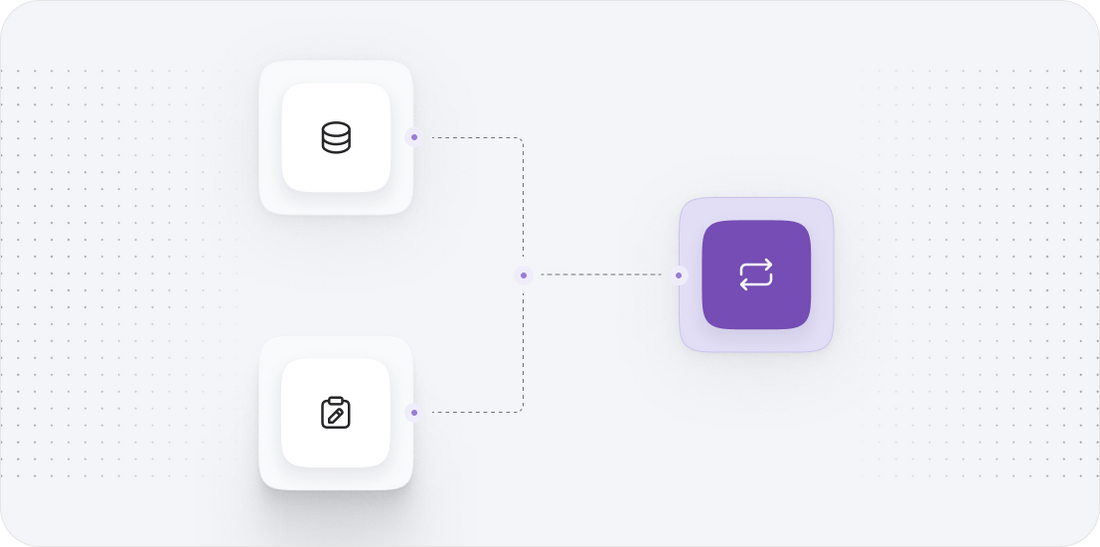
Step 2: Backing Up Your Data
Data integrity is paramount when migrating from Sana Commerce to Powerfront. As such, creating a complete backup of your existing data is a non-negotiable step. This backup will serve as a safety net, allowing us to restore your data should anything go awry during the migration process.
The backup process should encompass all critical components of your ecommerce platform:
- Product Data: Export your entire product catalog, including descriptions, prices, images, and inventory levels.
- Customer Information: Ensure all customer data, including contact details, purchase history, and preferences, are backed up.
- Order Data: Archive all past orders to maintain a historical record.
- Configuration Settings: Backup any custom configurations or settings that have been implemented in your Sana Commerce platform.
Utilize tools or plugins that can automate the backup process. Ensure that backups are stored securely, whether on a cloud service or an external hard drive. This precaution not only protects your data but also provides peace of mind as we move into the migration phase.

Step 3: Setting Up Powerfront
Once we have secured our data backups, the next step is to set up your new Powerfront environment. This involves configuring the platform according to your business needs and preferences, ensuring that it is ready to receive data from Sana Commerce.
We will start by creating your Powerfront account and configuring initial settings:
- Account Creation: Sign up for Powerfront and create an account. Follow the prompts to complete the account setup, including verifying your email address.
- Configure Basic Settings: Set up your store’s basic information, including your business name, logo, and contact information. This foundational setup is crucial for branding.
- Payment and Shipping Options: Integrate your preferred payment gateways and configure shipping options. Ensure that these settings are aligned with your previous setup in Sana Commerce to maintain consistency.
- Design Your Storefront: Begin customizing your storefront using Powerfront’s templates and themes. This is your chance to create a visually appealing and user-friendly interface that reflects your brand.
By carefully configuring these settings, we prepare Powerfront to effectively support your ecommerce operations, setting the stage for a successful data migration.
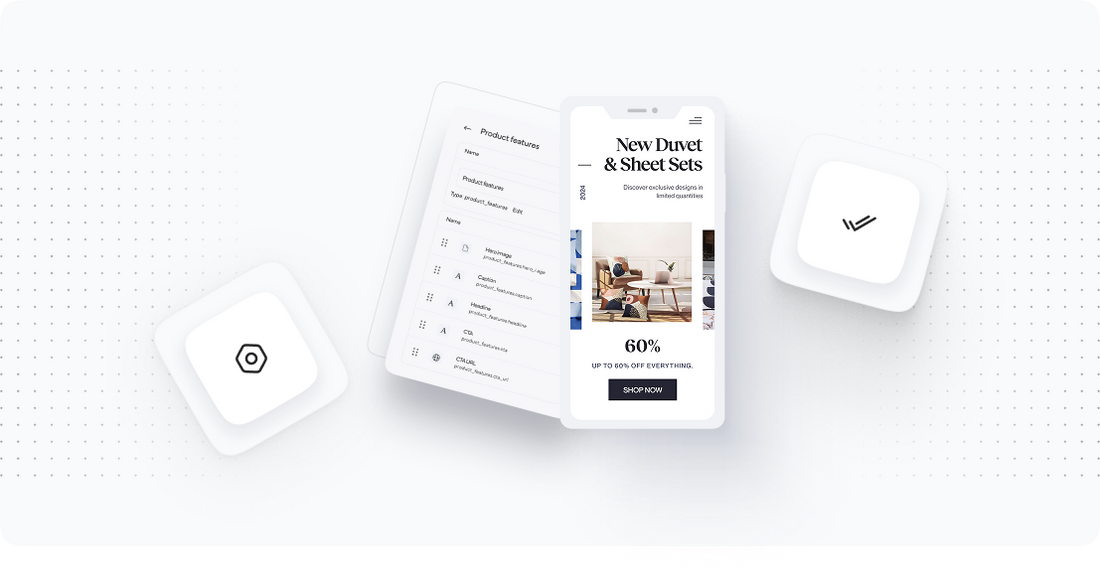
Step 4: Data Migration Preparation
With your Powerfront environment set up, the next phase is to prepare the data for migration. This involves ensuring that the data exported from Sana Commerce is compatible with Powerfront's system requirements.
Here’s a structured approach to preparing your data:
- Data Mapping: Identify how data fields in Sana Commerce correspond to those in Powerfront. This mapping is crucial to ensure that all information is transferred accurately.
- Data Cleaning: Review the exported data for any inconsistencies, duplicates, or incomplete entries. Clean the data to ensure that only accurate and relevant information is migrated.
- Format Adjustment: Convert the data into the formats required by Powerfront. This may involve changing file types or reorganizing data structures. Pay close attention to product categories, customer segments, and order histories.
- Test Migration: Conduct a test migration with a small dataset to identify potential issues. This test will help us understand if any adjustments are needed in the migration process.
By thoroughly preparing our data, we minimize the risk of errors during the actual migration, ensuring a seamless transition to Powerfront.
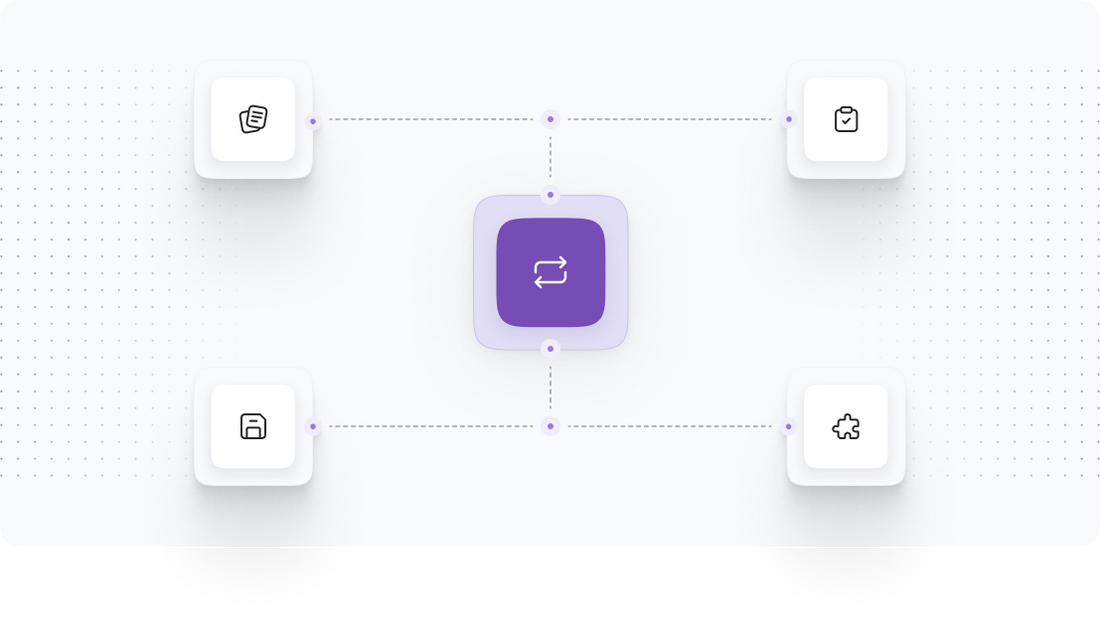
Step 5: Executing the Migration
Now that we have prepared our data, we can proceed with the actual migration process. This is a critical step where we will transfer all relevant information from Sana Commerce to Powerfront.
To execute the migration effectively, we will follow these steps:
- Utilize Migration Tools: Leverage migration tools or scripts that facilitate the transfer of data between platforms. Ensure that the tool selected is compatible with both Sana Commerce and Powerfront.
- Monitor the Migration: As the migration runs, closely monitor the process for any errors or issues. This vigilance will allow us to address problems as they arise, ensuring a smooth transition.
- Validate Data Transfer: Once the migration is complete, conduct a thorough review to validate that all data has been transferred accurately. Check key elements such as product listings, customer information, and order histories.
- Resolve Issues: Address any discrepancies or issues identified during the validation phase. This may involve correcting data entries or re-running parts of the migration.
Executing the migration with care and attention to detail is essential for ensuring that no critical information is lost, and that the new Powerfront environment is ready for use.
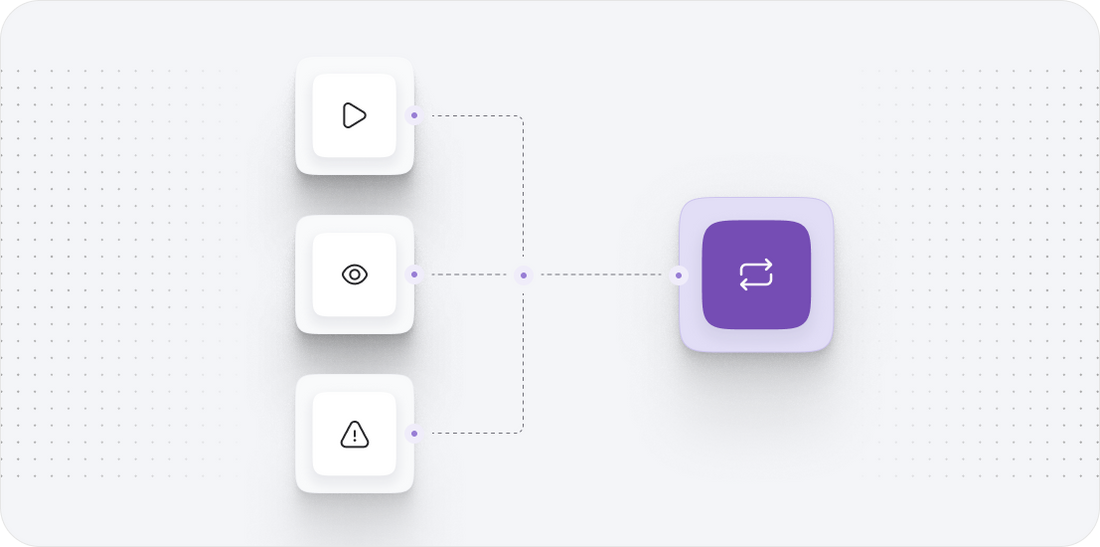
Step 6: Testing Your New Powerfront Store
With the migration complete, the next step is to rigorously test your new Powerfront store. This testing phase is vital to identify any issues that may have arisen during the migration and to ensure that all functionalities are operating as expected.
Here’s a structured approach to testing:
- Functionality Testing: Check all functionalities of your ecommerce site, including product searches, filtering, and checkout processes. Ensure that all links, buttons, and forms are working properly.
- Data Integrity Check: Validate that all migrated data displays correctly. This includes ensuring that product descriptions, prices, images, and customer details are accurate.
- User Experience Testing: Navigate through your store to assess the user interface and overall experience. Test the site on various devices (desktop, tablet, mobile) to ensure responsiveness.
- Performance Testing: Evaluate the performance of your new site, including load times and server response times. Use analytics tools to gather insights on site performance.
Conducting thorough testing will help us identify and rectify any issues before launching the new Powerfront store to your customers, ensuring a smooth user experience.
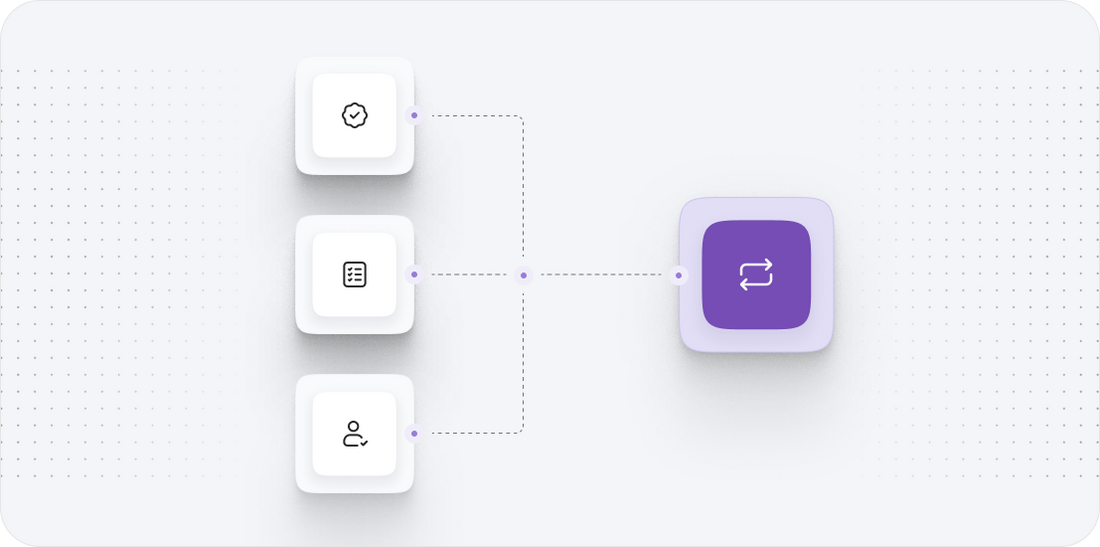
Step 7: Launching Your Powerfront Store
After successful testing and validation, we are ready to launch your new Powerfront store. This is an exciting phase that marks the culmination of our migration efforts. However, careful execution is required to ensure a smooth transition for your customers.
Here’s how to effectively launch your store:
- Final Checks: Conduct a final review of all settings, including payment methods, shipping options, and tax configurations. Ensure everything is set up as intended.
- Redirect Old URLs: Implement necessary URL redirects from your old Sana Commerce store to the new Powerfront site. This helps maintain SEO rankings and ensures customers can find your products.
- Announce the Launch: Communicate the launch of your new store to your customers through email newsletters, social media, and website announcements. Highlight any new features or improvements.
- Monitor Post-Launch: After launching, closely monitor the site for any issues or feedback from customers. Be prepared to address any immediate concerns or technical issues that arise.
Launching your Powerfront store with careful consideration and communication will help ensure a successful transition and positive customer experience.

Power Your Step - Get in Touch
If you're ready to take the next step in your ecommerce journey, PowerCommerce is here to help. Our expert team specializes in seamless migrations from Sana Commerce to Powerfront, ensuring that your transition is smooth and efficient.
Don't hesitate to reach out! Our dedicated support team is available to guide you through every step of the process. Here’s how you can get in touch with us:
- Visit our contact page to fill out our quick contact form.
- Call us at 800-099-9090 for immediate assistance.
- Email us at info@powercommerce.com with your questions or to schedule a consultation.
At PowerCommerce, we’re committed to empowering your ecommerce brand with innovative solutions tailored to your unique needs. Let us help you unlock the full potential of your online store today!
Stay aligned on what's happening in the commerce world
Trusted by 1000+ innovative companies worldwide
Schedule Your Migration Today
For businesses prioritizing simplicity, scalability, and robust support, Shopify is the clear winner.
Looking to migrate without hassle? Power Commerce can handle the entire process, ensuring smooth data transfer, store setup, and post-launch success.
Marka Marulića 2, Sarajevo, 71000 BiH
00387 60 345 5801
info@powercommerce.com


